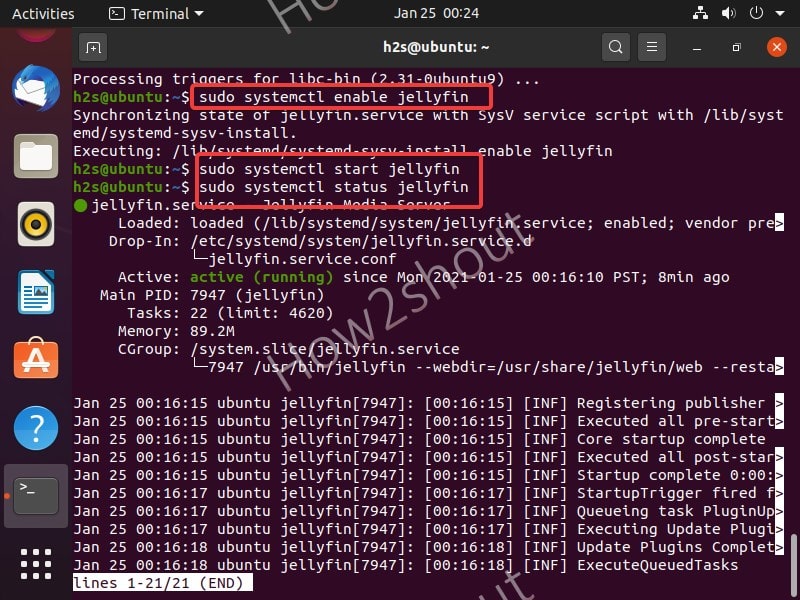
In plain English, what all this means is that you’ll want a processor that can support the number of remote users you’ll have on the server. (And we haven’t even gotten to hardware acceleration, which can improve transcoding performance for Plex Pass subscribers, but that’s another article for another day-learning about video encoding is a real “crossing the Rubicon” moment.)

One 720p transcode: 1,500 PassMark score.As Plex’s support page notes, a single transcoded stream requires a CPU with the following minimum scores from benchmark program PassMark (PassMark scores measure CPU performance and higher scores are better): Transcoding will rarely be a problem when you’re accessing Plex at home.īut the biggest challenge with transcoding is the CPU horsepower it’ll require from your Plex server.


For instance, Plex will have to transcode a video if you’re remotely playing a 4K video on a 720p smartphone. In the most layman of layman’s terms, transcoding refers to when Plex has to convert a video to play on a new streaming device.


 0 kommentar(er)
0 kommentar(er)
